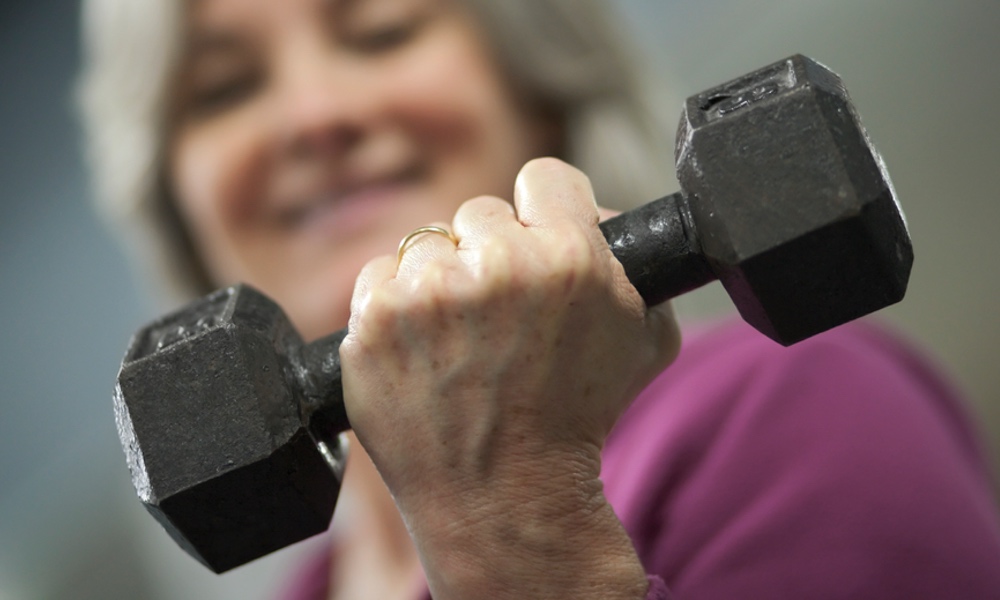Common assumptions dictate that we naturally slow down as we age. But is this actually true? A team of biologists and biomedical researchers from Harvard University took an evolutionary approach to try to determine how much activity humans are built to maintain over the life course and how aging is affected by exercise,
Their study, published in PNAS, The Journal of the Proceedings of the National Academy of Science, first looked at our close cousins, the great apes, a group relatively inactive who rarely live past reproductive age. They compared the activity levels of great apes to contemporary hunter gatherer societies which average 135 minutes of physical activity a day. They found that most modern humans’ exercise habits more closely resemble those of a chimp than those of early or pre-industrial revolution humans.
Technologies and modern conveniences have contributed to an overall decline in activity over the past 200 years, a trend which doesn’t appear to be reversing any time soon.
Until recently, however, humans have actually evolved to maintain higher levels of physical activity well into older age compared with other mammals. Modern humans live several decades past their reproductive prime, a departure from most other mammals. The research team theorizes that exercise itself is a major contributing factor to extending post-reproductive age life.Exercise diverts extra energy away from potentially harmful processes like fat storage, and the stress on muscles and bones it produces helps the body build back even stronger.
Fossil records show that humans have been living past reproductive age for at least 40,000 years, challenging the commonly held assumption that human lifespans were. until recently, much shorter. This finding strengthened researchers' convictions that humans evolved to maintain higher levels of physical activity well into older age.
“It’s a widespread idea in Western societies that as we get older, it’s normal to slow down, do less, and retire,” the study’s lead author, Harvard evolutionary biologist, Daniel E. Lieberman, said in a statement. “Our message is the reverse: As we get older, it becomes even more important to stay physically active.”
The team reported that exercise in older age was very protective against chronic illnesses like cancer, cardiovascular disease and diabetes. Exercise diverts extra energy away from potentially harmful processes like fat storage. And the stress of exercise on the body, which can produce microtears and tiny fractures in the bones, prompts the body’s anti-inflammatory responses, setting off processes that essentially help the body build back even stronger.
“The key take-home point is that because we evolved to be active throughout our lives, our bodies need physical activity to age well. In the past, daily physical activity was necessary in order to survive, but today we have to choose to exercise, that is, do voluntary physical activity for the sake of health and fitness,” Lieberman said.
The team emphasizes the benefits of even mild to moderate exercise, urging seniors to find an activity that they enjoy and will stick to consistently. Walking, cycling, yoga and swimming are all examples of low-impact activities that are appropriate for people of all ages looking to build more movement and activity into their lives. Even twenty minutes a day was found to be enough to greatly reduce mortality and increase life expectancy.





